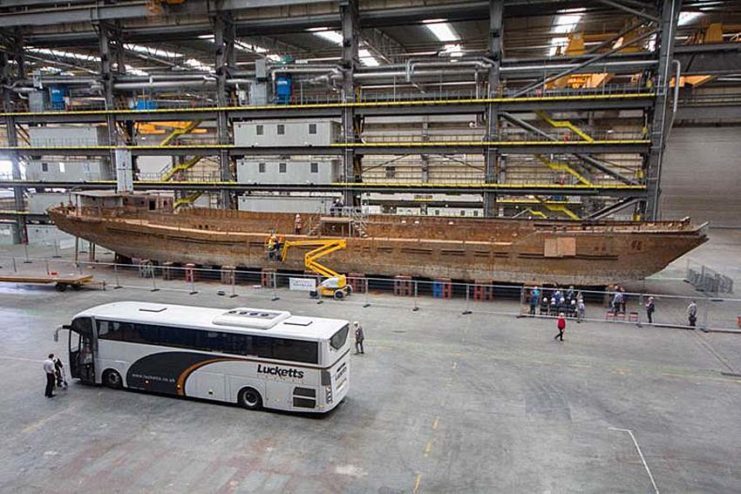More than 800 specialized amphibious landing vessels made their way from the docks of England to the beaches of Normandy on June 6th, 1944.
The amphibious World War II invasion established the Allied Western front in Europe and led to the subsequent defeat of Germany in 1945.
However, by the late 1960s, only one of the many Landing Craft (Tank) vessels, LCT 7074, was still in existence.
The LCT 7074 was decommissioned in 1948, and its post-war service was that of a floating nightclub on the docks of Liverpool.
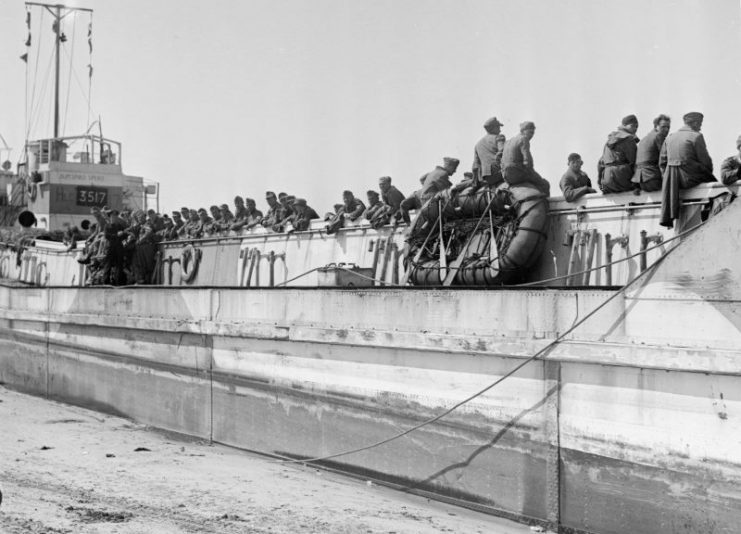
The battle-proven LCT 7074 was later purchased by the Warships Preservation Trust which was the first attempt at restoration. Unfortunately, the Trust was liquidated in 2006, and the landing craft was neither repaired nor properly maintained.
Eventually, the last of these historic military vessels had literally sunk into disrepair. In 2010, the only remaining D-Day landing craft slipped below the waters of the Mersey river.
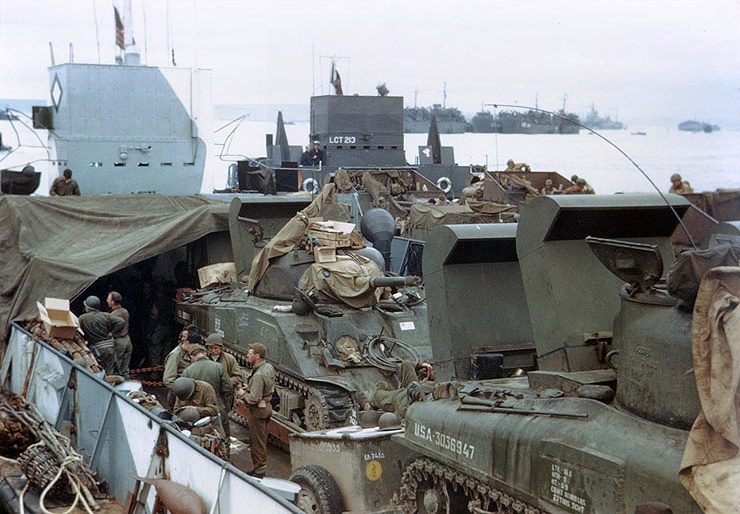
The D-Day Museum in Portsmouth, on the south coast of England, is in the process of restoring the ageing landing craft.
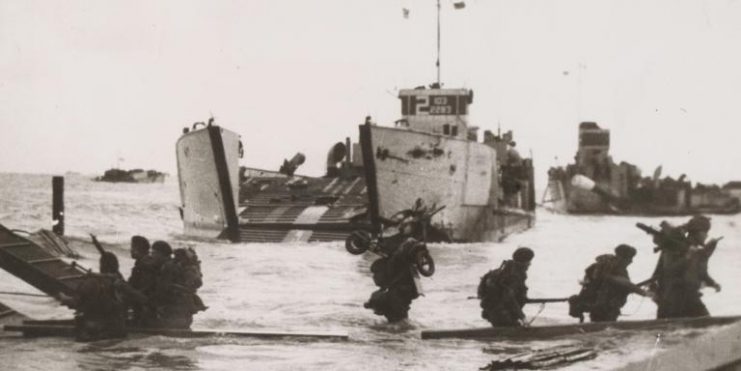
The plan is to have it ready for the public to view in time to commemorate the 75th anniversary of D-Day, in June 2019.
The restoration was made possible through funding in the form of a grant from the Heritage Lottery Fund. The LCT 7074 will now have its honored place in history among other craft from the fleet of the United Kingdom.
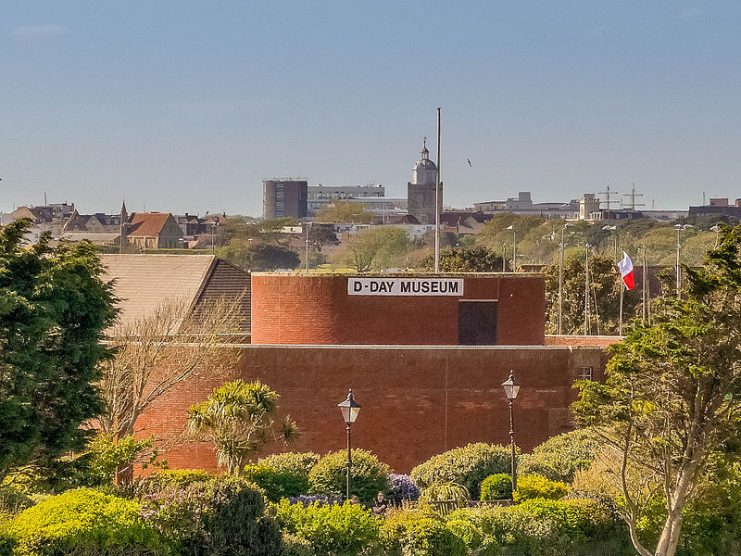
The history of the LCT 7074 began with its commissioning in April 1944. This particular type of craft carried tanks and their crews.
It was fully ready to take part in Operation Overlord, the code name given to the start of the Allied liberation of Europe. The landing target along the French coast for the LCT 7074 was Gold Beach.
Near midnight on June 6, LCT 7074 was part of the first assault wave and carried a Cromwell Tank of the 22nd Armored Brigade with a five-man crew, two U.S. Sherman Tanks with a twelve-man crew, and seven Stuart tanks of the 5th Royal Tank Regiment with 28 crewmen onboard.
The commanding officer was a 20-year-old Royal Naval Reserve trainee from Swindon, England.
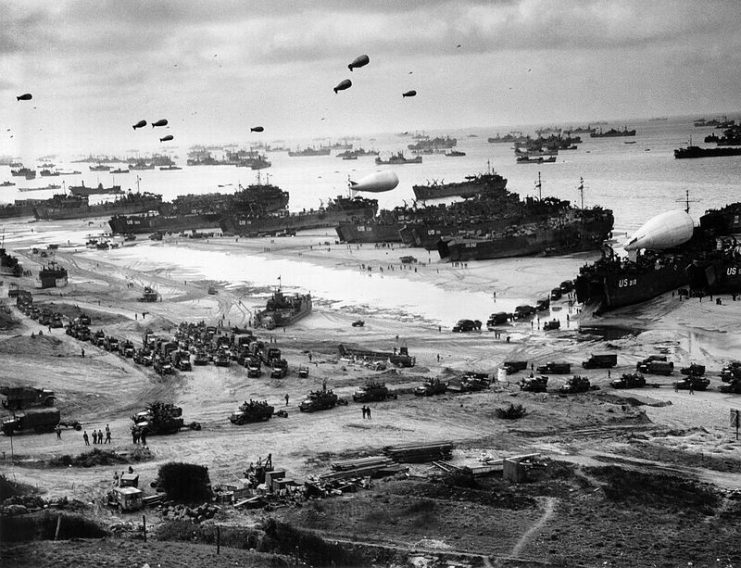
Gold Beach, the landing objective for the LCT 7074 was heavily defended by the 716th German infantry division, which was made up of 29 companies and armed with 500 machine guns, 50 mortars, and 90 heavy guns.
The German fortifications were also positioned on the bluffs to the west of Gold Beach and included elements of the 352nd Infantry Division.
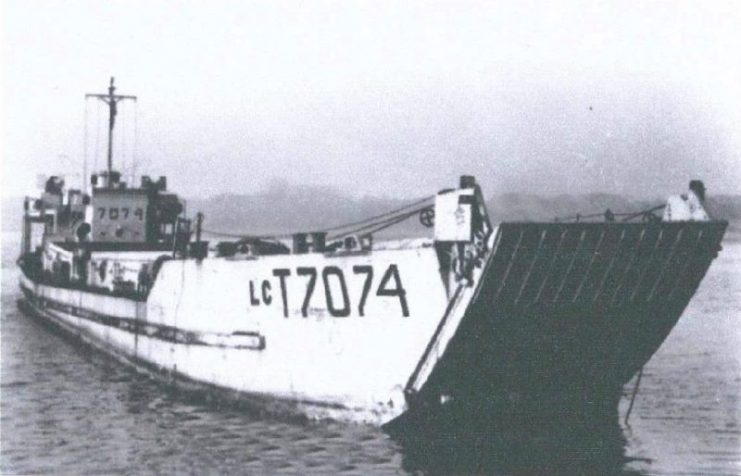
Despite heavy fire from German guns, the LCT 7074 completed its mission and put its cargo of tanks and crew on the beach and later returned to England with German prisoners of war. The success of the allied D-Day beachhead and subsequent push across Western Europe to topple Nazi Germany in 1945 are all part of well-known history.
The LCT 7074’s successful landing at Gold Beach was an important part of the overall success of Operation Overlord, and its heroic mission deserves an honorable place to commemorate its history.
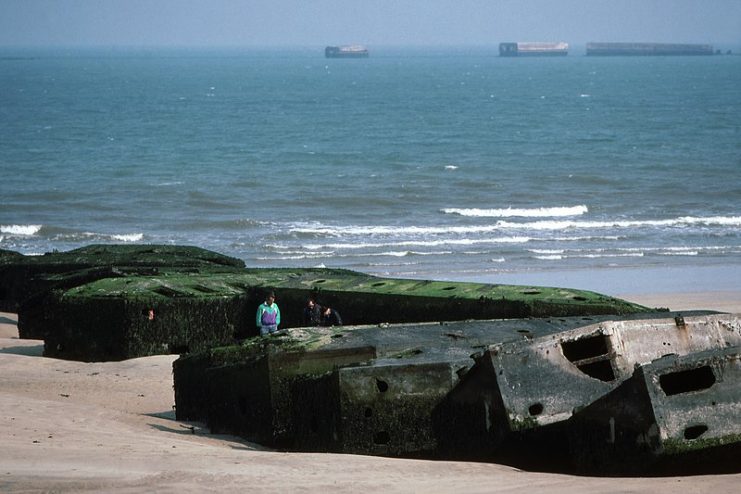
The lesser-known post-war story of the LCT 7074, that of a dockside bar, is also interesting. “The Landfall” was a local gathering place for war veterans and others to enjoy a drink and a dance, and to remember the heroics of the war years.
But the problem with any business is the need over time for greater and greater investment in maintenance. The floating nightclub, docked on the Mersey river, was no different.
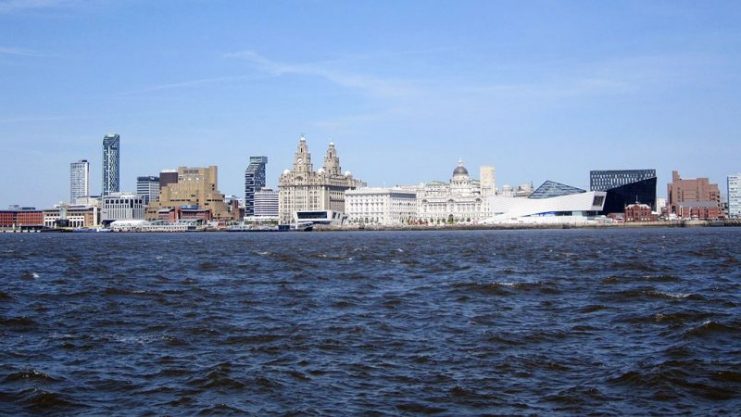
Read another story from us: Colour Footage of Normandy: More Visceral Than Any Hollywood Film
From its brave landing on the beaches of Normandy and the transportation of German prisoners of war to the last days of disco along the Liverpool waterfront, this sole surviving landing craft has seen plenty of action over the years and certainly deserves its rightful place in the D-Day Museum.
LCT 7074 is currently being restored in the city of Portsmouth and will be put proudly on display outside the city’s D-Day Story museum.
